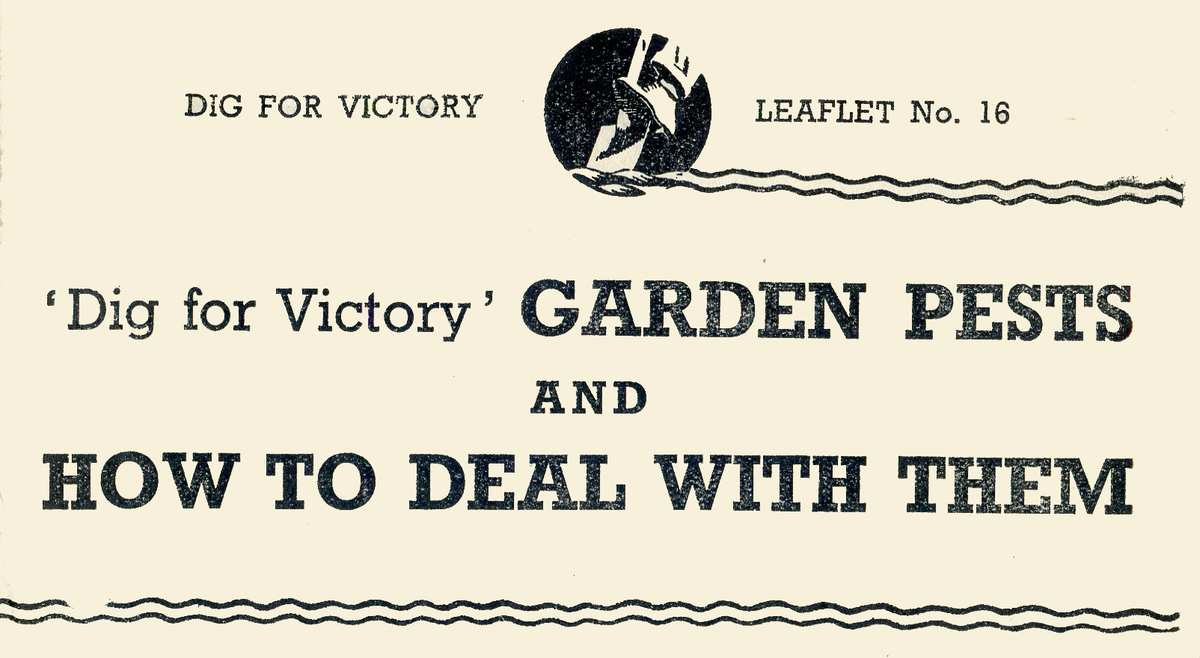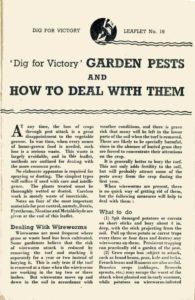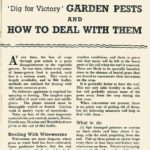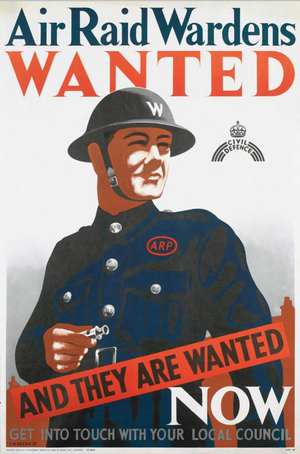 GARDEN PESTS AND HOW TO DEAL WITH THEM
GARDEN PESTS AND HOW TO DEAL WITH THEM
DIG FOR VICTORY LEAFLET No. 16
 Pests have always been the bane of gardeners and this leaflet helped those wartime growers cope with them.
Pests have always been the bane of gardeners and this leaflet helped those wartime growers cope with them.
Nearly all the chemical controls referred to in this dig for victory guide have either been banned or at least de-listed. Some with good reason like nicotine which is a highly poisonous, indiscriminate insecticide.
Whilst modern growers may have a lot less in their chemical cupboard, we do have a better knowledge of how to control pests organically and biological controls are now available that were just not thought of then.
The original leaflet ran over 4 pages and I have stayed with that format but I’ve split the content according to topic rather than staying with the limitations of paper. My comments are in green.



